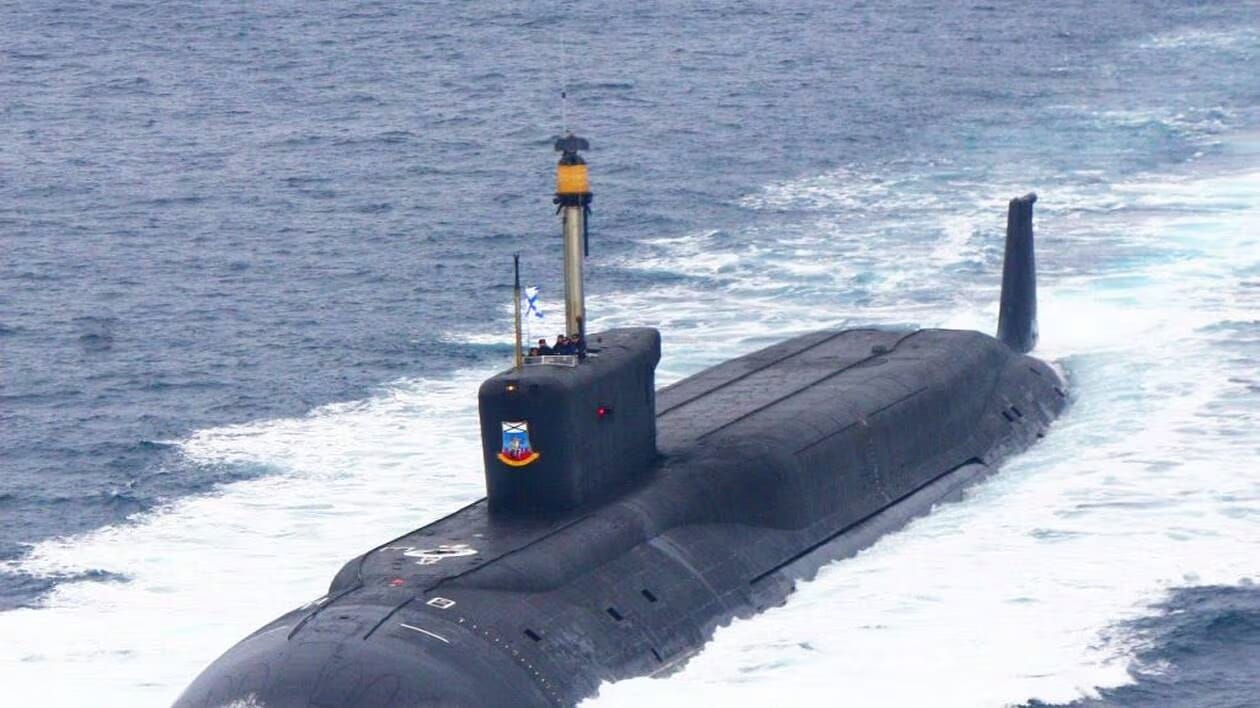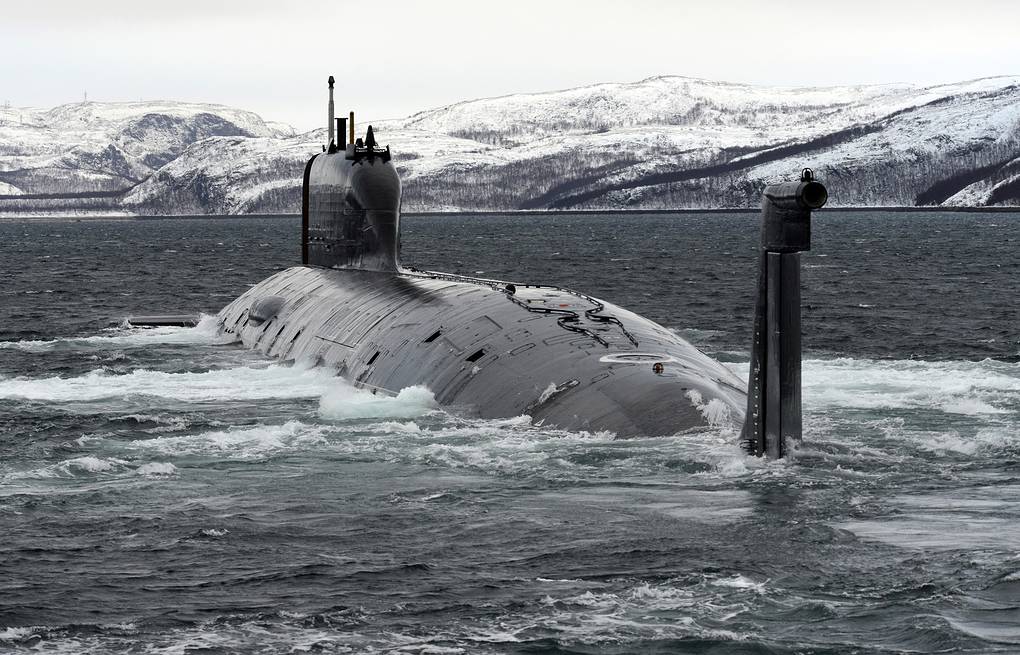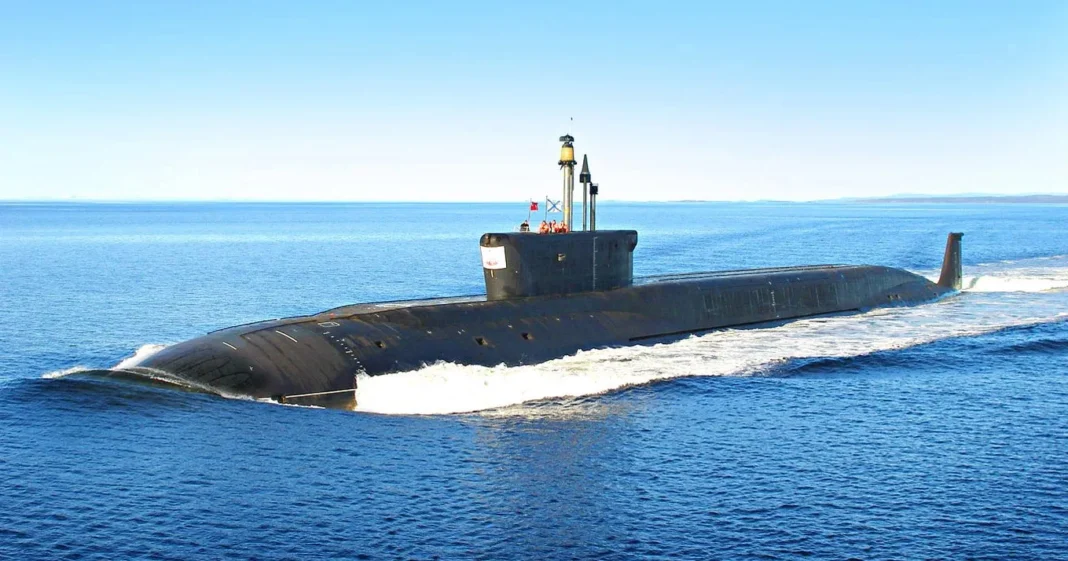Having just announced the next start of work on its last two Boreï SSBNs, Russia is, today, the only country which manages to launch and deliver, each year, more submarines than destroyers and of frigates.
Better yet, the Russian Navy will receive, in the next six years, only six frigates of the Admiral Gorshkov class, a ship weighing only 5 tons, which is, however, the largest surface combatant unit produced by the industry post-Soviet Russian naval force.
It will admit into service, over the same period, five, perhaps seven, SSGN of the Iassen class, of 8 tonnes in surface area, as well as six SSBNs of the Boreï-A and Boreï-AM classes, of 600 tonnes each. on the surface, or at least 15 large nuclear-powered submarines.
In this section:
Construction of the last two Borei-AM SSBNs will begin in 2024 for the Russian Navy
This is precisely the construction of the last two Boreï class SSBNs, which will begin in 2024, according to the Tass agency, citing a source in the Russian Defense Ministry.
These ships will be the third and fourth units of the third batch of Russian Borei-class SSBNs. The first batch of three Borei-class ships was delivered to the Northern Fleet (one ship) and the Pacific Fleet (two ships), from 2012 to 2014, at the rate of one submarine each year.

The second batch involved 5 submarines of an advanced version, called Boreï-A, with more modern communication and detection equipment, as well as redesigned hydrodynamics, to give them greater speed, greater maneuverability and enhanced discretion.
Like the first Boreï, the Boreï-A carry 16 RSM-56 Bulava SLBM ballistic missiles, with an estimated range of more than 10 km, which can carry up to 000 MIRV independent trajectory nuclear warheads. The first of the Borei-A, the Knyaz Vladimir, entered service in 2020, while the last unit of the second batch, the Knyaz Pozharsky, must be in 2024, two for the Northern Fleet, the other three for the Pacific.
The third, and for the moment, last batch of SSBN Borei, involves four ships. The construction of the first two, the Knyaz Potemkin and Dmitry Donskoy, began in 2021. The two ships are scheduled to join the Northern Fleet in 2026 and 2028.
The third and fourth Boreï of this batch, and last ships of the class, according to current planning, should be delivered, according to the source cited by Tass, in 2029 and 2030, at the rate of one ship per fleet.
6 SSBNs for the Northern Fleet, and 6 for the Pacific Fleet in 2030
In fact, according to this source, the two main fleets of the Russian Navy, the Northern Fleet, based in Murmansk, and the Pacific Fleet, in Vladivostok, will each have 6 Borei SSBNs in 2030.

This format should allow them, each, to keep two ships on permanent patrol, as well as one ship on alert, giving Moscow a potential of 6 SSBNs at sea in times of crisis, perhaps more, as many as the States -United, and 50% larger than the European SSBN fleet.
The Russian Navy will also have 576 to 960 nuclear warheads ready to fire, through this fleet, far more than is needed to participate in the global strategic dialogue, despite a GDP 30% lower than that of France, and a decrepit high seas surface fleet.
The last four submarines will belong to a new Borei-AM version
The Tass Agency refers, in its article, not to submarines of the Boreï-A class, like the 5 ships forming the second batch, but to a new subclass, called Boreï-AM. The M refers to a Modernized (модернизированный) version of the equipment, and also appears in the nomenclature of the program, Project 955AM.
The nature of the modernizations made to these new ships has not yet been revealed. We can think, in application of the logic used so far in this program by the Russian Admiralty, like the Sevmash shipyards, which will build the ships, that the two ships preceding them will also belong to this subclass. .
More Russian SSBNs beyond 2030?
The last two SSBNs, the construction of which has just been announced, should, according to current Russian planning, be the last ships of this type to enter service. However, it could well be that Moscow is counting on a larger fleet of SSBNs, surpassing that of the United States, with 12 Columbia-class SSBNs planned.

Indeed, the announced end of the P955-A-AM Boreï program on the one hand by 2030, but also of the P885-M Iassen program, will leave the Russian productive tool in the field of nuclear submarines, without sufficient activity for almost two decades, after having made a colossal effort to regain its skills and modernize the Russian submarine fleet, in just 20 years.
For the moment, no nuclear-powered submarine program has been announced by Moscow for this period, nor an SSN to replace the Akula and reinforce the SSGNs Yassen and Anteï, nor to expand the SSBN fleet.
It is likely, however, that new announcements will come during the preparation of the next multi-year military programming law, or GPV, the current one ending in 2027.
This hypothesis is all the more likely since, in an interview given to RIA Novosti, Igor Vilnit, CEO of Rubin, indicated that if the class Arcturus, which is to succeed the Anteï and Iassen, will not enter service before 2050, the “Replacement of the Borei”, on the other hand, should begin from 2037.
Knowing that at that time, the oldest of the Borei, the Yury Dolgoruky, will only be 25 years old, and the Russian Delta IVs which preceded it have sailed for more than 40 years, we can assume that Moscow plans to increase its fleet of SSBNs at the beginning of the next decade, perhaps be up to 16 ships, to maximize its strategic ascendancy in this area, facing the United States, but also facing China, and thus guarantee its position in the concert of world military, if not economic, superpowers.
Article from March 28 in full version until May 12, 2024


